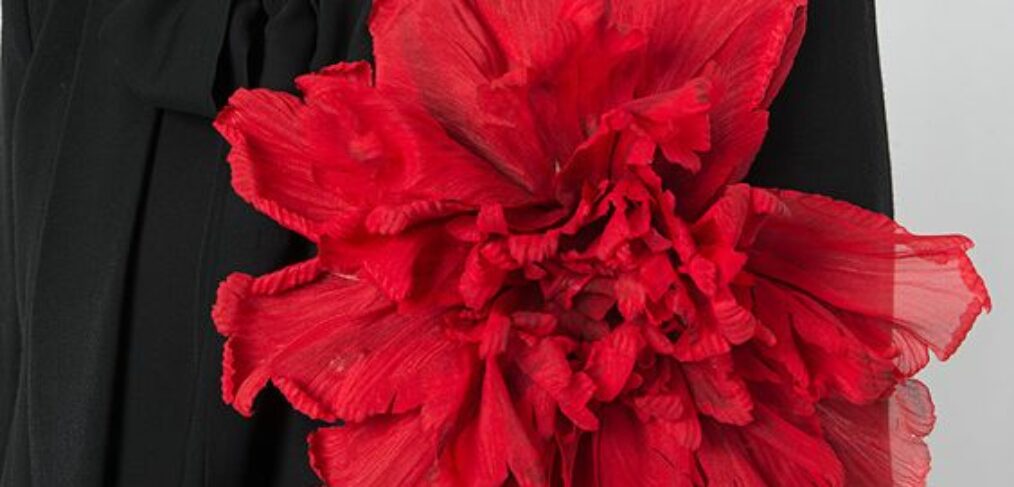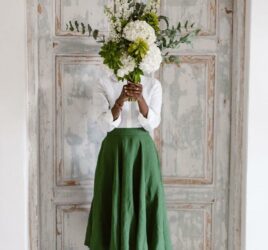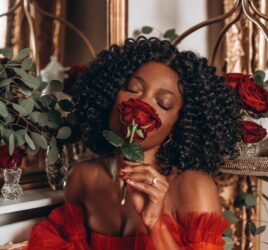
Floral Fashion: The Influence of Flowers on Clothing and Accessories
Floral patterns have long been a staple in the world of fashion, captivating designers and consumers alike with their timeless beauty and versatility.
The influence of flowers on clothing and accessories is a rich and fascinating aspect of the fashion industry, transcending seasons and trends.
This enduring fascination with floral motifs has roots that stretch across cultures and historical periods, making it a truly global and perennial trend.
Historical Roots
Symbolism and Cultural Significance
Seasonal Adaptability
Iconic Designers and Collections
Technological Advances
Sustainable Fashion and Floral Influences
Historical Roots
The use of floral patterns in fashion can be traced back through history. From ancient civilizations to the Renaissance, flowers have been a source of inspiration for textile designs and garment embellishments.
In the 18th and 19th centuries, floral motifs adorned intricate fabrics in the form of embroidery and prints. The Victorian era, in particular, saw a surge in the popularity of floral patterns, symbolizing various sentiments and expressing emotions through the language of flowers.
Symbolism and Cultural Significance
Flowers often carry symbolic meanings, and this symbolism is skillfully incorporated into fashion designs. Different cultures attribute specific meanings to flowers, influencing the choice of floral patterns in clothing.
For example, the rose symbolizes love and passion, while the lotus holds spiritual significance in various Eastern cultures. Designers leverage these symbolic associations to convey messages and evoke emotions through their creations.
Seasonal Adaptability
One of the reasons for the enduring popularity of floral patterns is their seasonal adaptability. While vibrant and bold florals are embraced during spring and summer, darker, more subdued floral patterns find their place in fall and winter collections.
The ability of floral designs to transition seamlessly between seasons ensures their continual presence on runways and in retail collections throughout the year.
Iconic Designers and Collections
Numerous iconic designers have made their mark in the fashion industry by incorporating floral elements into their work. From the whimsical floral prints of Liberty London to the romantic rose-covered gowns created by designers like Oscar de la Renta, floral patterns have graced the runways in a myriad of forms.
Collections inspired by botanical gardens, wildflowers, and even abstract interpretations of blooms showcase the diversity and creativity that flowers bring to the world of fashion.
Technological Advances
Advancements in technology have further amplified the impact of floral patterns on fashion. Digital printing techniques allow for incredibly detailed and realistic floral designs, providing designers with new possibilities for creative expression.
This technological evolution has expanded the range of floral motifs, from delicate watercolor-inspired blossoms to bold, oversized florals that make a powerful statement.
Sustainable Fashion and Floral Influences
As the fashion industry increasingly embraces sustainability, floral motifs align well with eco-friendly initiatives. Designers are exploring organic fabrics and environmentally conscious production methods, reflecting a growing awareness of the need for responsible fashion.
The connection between nature, flowers, and sustainability is evident in the rise of botanical-inspired collections that celebrate the beauty of the natural world.
In conclusion, the influence of flowers on clothing and accessories is a rich tapestry woven into the very fabric of fashion history.
From ancient times to modern runways, floral patterns have endured, evolving with each era’s unique interpretations and cultural nuances.
The timeless allure of flowers continues to inspire designers, ensuring that floral fashion remains an integral and evergreen aspect of the dynamic and ever-evolving world of style.



